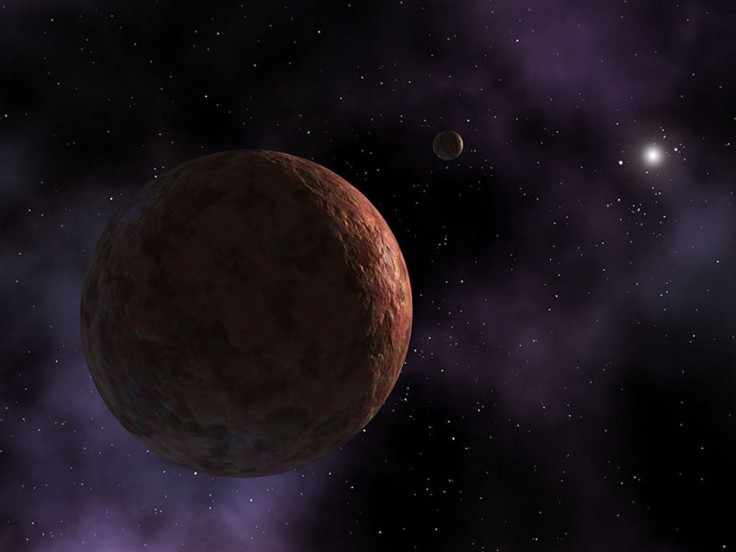New Low-Mass Planet Discovered About 2300 Light Years Away From Earth

A new low-mass planet has been found at a distance of about 2,300 light years from the Earth. Students from Yale brought out a paper which noted that the atmosphere of the planet was filled with hydrogen and helium.
The new planet was discovered through the Planet Hunters programme that was jointly co-ordinated by Yale University and University of Oxford. The research was published in Astrophysical Journal.
According to a report by Outlook, the planet was named PH3c and could almost not be detected. The reason for the non-detection was attributed to it having an inconsistent orbit time around its Sun. It is said to have an inconsistency in its orbit time because of the gravitational influence that the other planets exert on it.
Joseph Schmitt, a Ph.D. Astronomy student from Yale, is also the first author of the paper. He said that the effect of other planets on the Earth were very small, with just about one second on the scale. Schmitt added that the orbital period change in the PH3c was about 10 and a half hours in a matter of ten orbits.
Co-author of the paper, Debra Fischer, is a professor of Astronomy in Yale University. She is researching the detection of exoplanets as well as its characterisation. She said that computers did not have the ability to find the unexpected but people could do that when they have an opportunity to look at the data that is obtained by the computers. She added that it harnessed the human dimension of science.
The inconsistency in the timings made it difficult for it to be detected by automated computer algorithms that helped in the search for light curves. In addition to searching for the stellar curves, it also identified dips caused by objects that passed the sun.
In addition to PH3c being discovered, two other planets were found on either side of the planet. One planet was called PH3D and was a little larger and heavier than Saturn while the other planet, with the name PH3b, could have a rocky composition similar to that of the Earth.





















